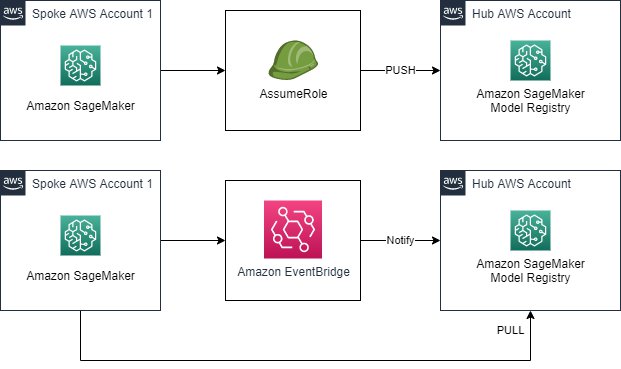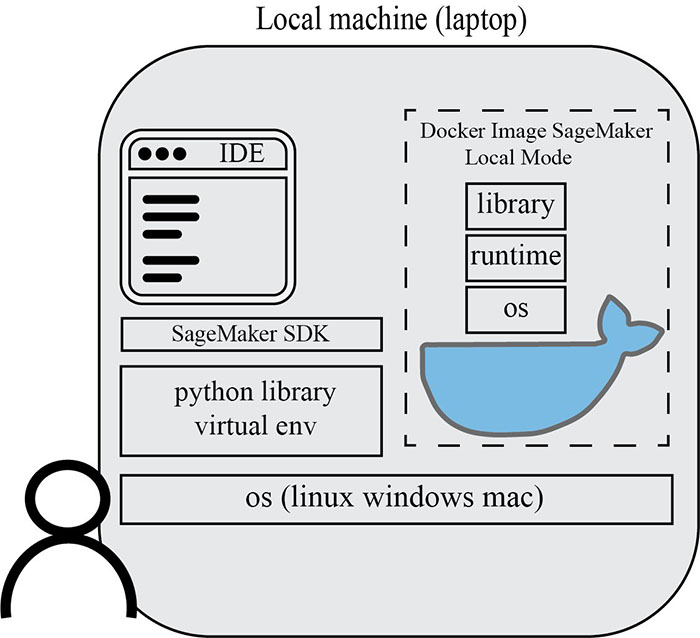AWS Machine Learning Blog
Secure multi-account model deployment with Amazon SageMaker: Part 1
Amazon SageMaker Studio is a web-based, integrated development environment (IDE) for machine learning (ML) that lets you build, train, debug, deploy, and monitor your ML models. Although Studio provides all the tools you need to take your models from experimentation to production, you need a robust and secure model deployment process. This process must fulfill […]
Optimize personalized recommendations for a business metric of your choice with Amazon Personalize
Amazon Personalize now enables you to optimize personalized recommendations for a business metric of your choice, in addition to improving relevance of recommendations for your users. You can define a business metric such as revenue, profit margin, video watch time, or any other numerical attribute of your item catalog to optimize your recommendations. Amazon Personalize […]
Create Amazon SageMaker projects using third-party source control and Jenkins
Launched at AWS re:Invent 2020, Amazon SageMaker Pipelines is the first purpose-built, easy-to-use continuous integration and continuous delivery (CI/CD) service for machine learning (ML). With Pipelines, you can create, automate, and manage end-to-end ML workflows at scale. You can integrate Pipelines with existing CI/CD tooling. This includes integration with existing source control systems such as […]
Use Block Kit when integrating Amazon Lex bots with Slack
If you’re integrating your Amazon Lex chatbots with Slack, chances are you’ll come across Block Kit. Block Kit is a UI framework for Slack apps. Like response cards, Block Kit can help simplify interactions with your users. It offers flexibility to format your bot messages with blocks, buttons, check boxes, date pickers, time pickers, select […]
Patterns for multi-account, hub-and-spoke Amazon SageMaker model registry
Data science workflows have to pass multiple stages as they progress from the experimentation to production pipeline. A common approach involves separate accounts dedicated to different phases of the AI/ML workflow (experimentation, development, and production). In addition, issues related to data access control may also mandate that workflows for different AI/ML applications be hosted on […]
Deploy multiple serving containers on a single instance using Amazon SageMaker multi-container endpoints
Amazon SageMaker is a fully managed service that enables developers and data scientists to quickly and easily build, train, and deploy machine learning (ML) models built on different frameworks. SageMaker real-time inference endpoints are fully managed and can serve predictions in real time with low latency. This post introduces SageMaker support for direct multi-container endpoints. […]
Machine Learning at the Edge with AWS Outposts and Amazon SageMaker
As customers continue to come up with new use-cases for machine learning, data gravity is as important as ever. Where latency and network connectivity is not an issue, generating data in one location (such as a manufacturing facility) and sending it to the cloud for inference is acceptable for some use-cases. With other critical use-cases, […]
Getting started with Amazon SageMaker Feature Store
In a machine learning (ML) journey, one crucial step before building any ML model is to transform your data and design features from your data so that your data can be machine-readable. This step is known as feature engineering. This can include one-hot encoding categorical variables, converting text values to vectorized representation, aggregating log data […]
Run ML inference on AWS Snowball Edge with Amazon SageMaker Edge Manager and AWS IoT Greengrass
You can use AWS Snowball Edge devices in locations like cruise ships, oil rigs, and factory floors with limited to no network connectivity for a wide range of machine learning (ML) applications such as surveillance, facial recognition, and industrial inspection. However, given the remote and disconnected nature of these devices, deploying and managing ML models […]
Run your TensorFlow job on Amazon SageMaker with a PyCharm IDE
As more machine learning (ML) workloads go into production, many organizations must bring ML workloads to market quickly and increase productivity in the ML model development lifecycle. However, the ML model development lifecycle is significantly different from an application development lifecycle. This is due in part to the amount of experimentation required before finalizing a […]









